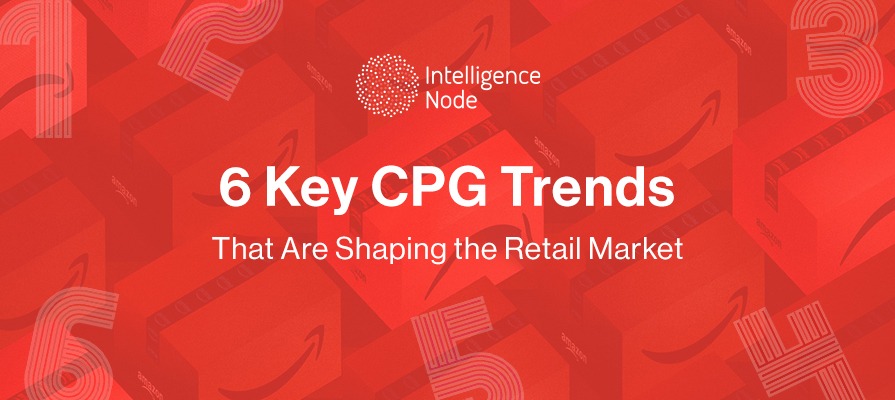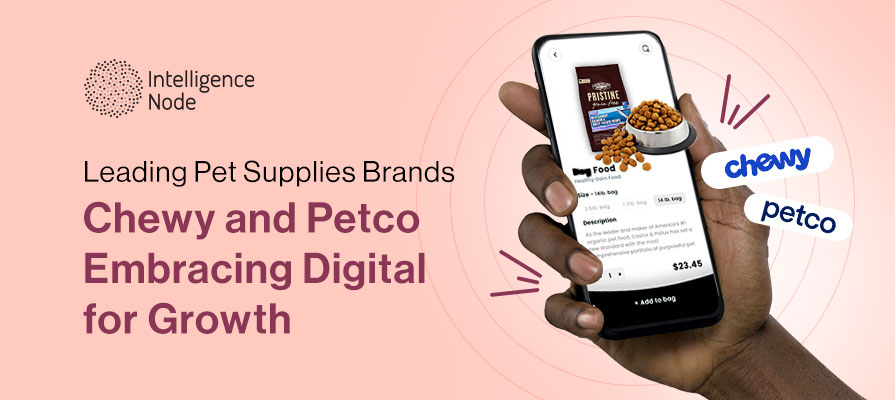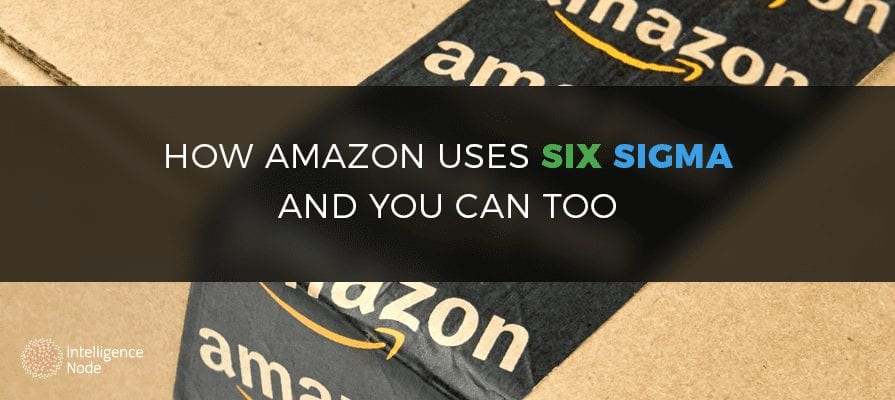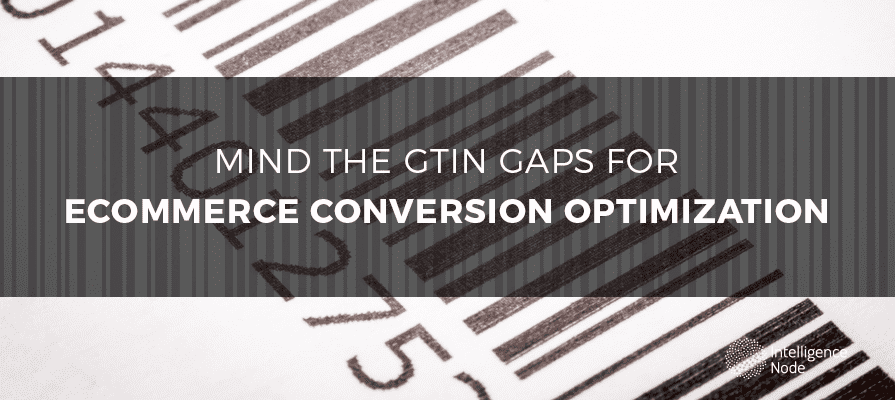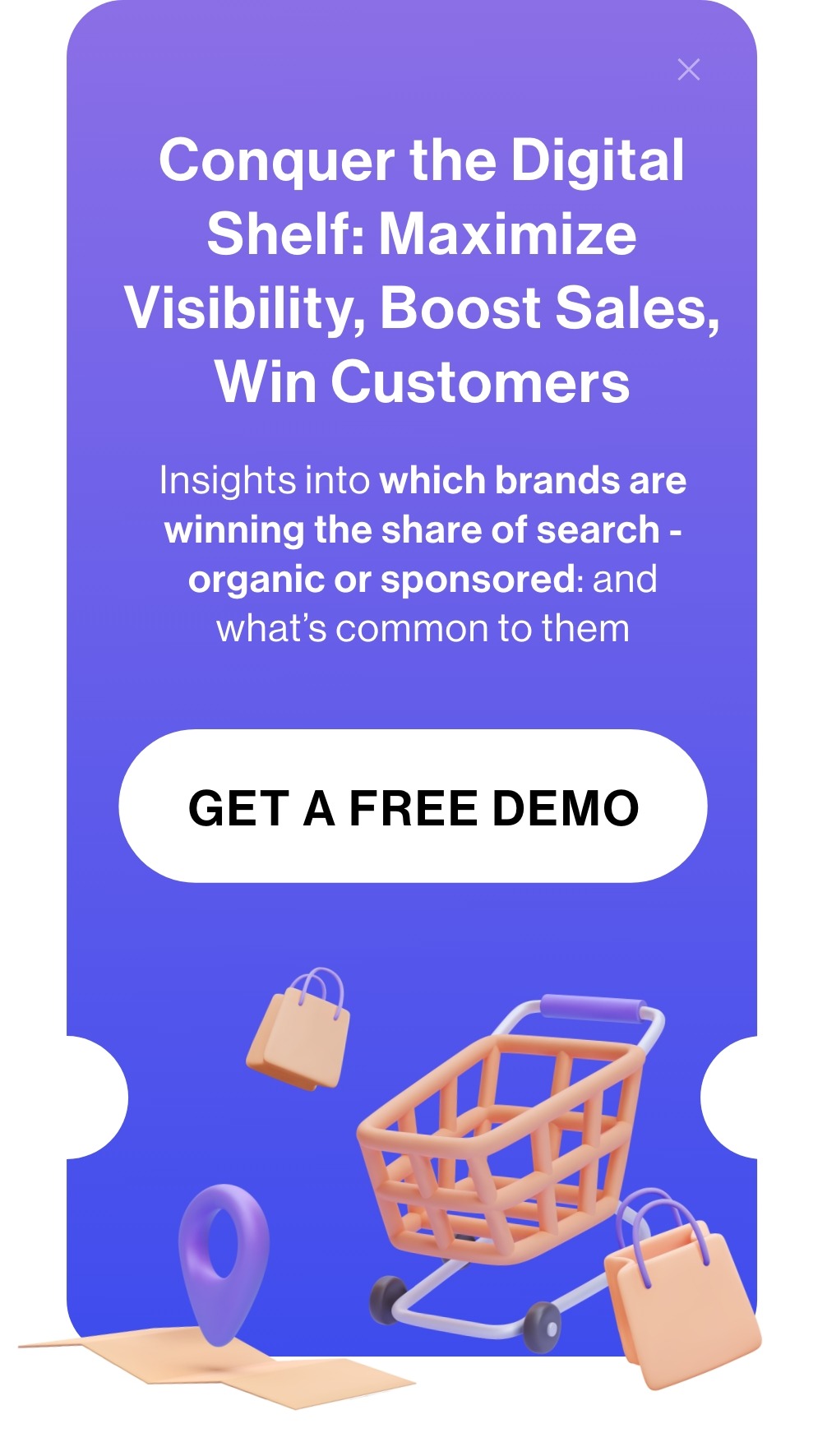Table of Content
Introduction: Adapting to the ‘New Normal’ of the CPG Industry
5 Key CPG eCommerce Challenges
Top CPG Trends In The New Age Retail Economy
Best Practices to Win the Evolving Online CPG Market
Conclusion: The Way Forward is Digital
While the pandemic shifted consumer preferences heavily to digital retail, the trend continues to snowball even today across retail segments including CPG. CPG eCommerce has not looked back since its successful dive into the digital pool, projected to account for 10% of the total CPG sales, as compared to 4-5% in 2019.
What does this shift to CPG eCommerce mean for brands and retailers? How has the digital economy impacted businesses? And how can CPG brands stand their ground amidst this massive overhaul and cater to the evolved shopper needs?
In this blog post, we have put together key challenges and trends that will answer the above questions and help CPG brands and retailers navigate this volatile retail landscape with ease.
5 Key CPG eCommerce Challenges
With the shift to eCommerce, once distant challenges have not become critical and need immediate attention. While retailers’ worked towards pivoting to digital and omnichannel to cater to the changing consumer demands, many external factors were working against them in the background. As eCommerce continues to gain momentum, retailers need to address these challenges to successfully grow and thrive in eCommerce. Let us look at 5 key challenges:
1. Diminishing Share of Search on the Digital Shelf
With the growth in home-grown brands and private label products, CPG brands are losing share of search on both digital shelves of online marketplaces and search engines.
2. Inconsistent Product Descriptions and Attribute Coverage
Retailers and resellers selling your brand’s products on marketplaces often ignore the brand guidelines and give little attention to product descriptions and imagery. Incomplete or inaccurate descriptions or attributes harm the brand image and can cost brands lost customers and sales.
3. Limited Product Assortments and Availability on Marketplaces
Brands and manufacturers sell on marketplaces directly or through third-party sellers. In the process they often lose control over what products get displayed on these sites and what don’t. The platform or the seller makes decisions on inventory and the fate of your assortments is often at their disposal. At times your products might go out of stock or only limited assortments might be listed, leaving out your key products and best sellers.
4. Less Control Over Pricing and Promotions
Marketplaces and resellers often control product pricing and promotions when brands sell through them. This leads to inconsistent pricing, prices below MAP policy, promotions that do not follow brand guidelines, and resultant dilution of brand integrity.
5. Fake and Manipulated Customer Reviews
Unauthorized sellers often sell counterfeit or substandard branded goods, passing them off as originals. They dabble in fake and manipulated paid reviews that lead to customers buying from them instead of from authorized sellers and brands, leading to reduced sales for authorized sellers and brands, unsatisfied customers, and tarnished brand image.
Top CPG Trends in the New Age Retail Economy

1. Direct to Customer & Subscription Models are Gaining Popularity
Consumers today expect better experiences and more convenience, while shopping online. This has given rise to subscription models that help consumers put their shopping needs on autopilot and replenish their essentials through easy subscriptions and renewals. Another channel that’s making waves is DTC which is enabling brands to forge better relationships with their customers while maintaining better control over their distribution, promotions, prices, and brand image. Keeping up with this trend, PepsiCo went direct-to-consumer when it announced the launch of two new websites Snacks.com and PantryShop.com. The company also saw its DTC sales double in the third quarter, a great example of DTC selling done right.
2. Customers are Shifting Focus to Sustainable Produce & Packaging
Environmental concerns are top of mind for many consumers, and CPG companies are making strides towards sustainability by reducing packaging waste, using more eco-friendly materials, and improving their supply chain practices. One such example is of Coca-Cola, who aims to make 100% of its packaging recyclable by 2025 and use 50% recycled materials in its packaging by 2030. Consumers too have become more environmentally contious and expect retailers and brands to take steps towards green initiatives.
3. CurbSide Pickup and BOPIS continue to be Consumer Favorites
Convenience and safety of curbside pick-up and BOPIS options trumped over the risk of shopping in-store during the peak of COVID-19. Brands and retailers that adopted this trend won big during the pandemic and studies show that this trend is here to stay. 36% of US consumers who started shopping for groceries online and 24% who started using curbside pickup during the pandemic will continue to do so even after it is over.
4. Competitive Pricing will be Key to Converting the Online Shoppers
Despite the convenience and safety of shopping online, low prices is still a key factor in getting customers to your online store. In fact, 42% of shoppers said better prices online would persuade them to order groceries online, making it critical for brands and retailers to incorporate competitive pricing in their approach.
5. Self-care and Wellness is Driving Demand for Organic and Healthy Foods
The post-pandemic era has made people reevaluate their lifestyle choices and make healthier buying decisions. Plant based diets, transparency in ingredients and organic and whole foods will continue to gain importance as people commit to healthier lifestyles and preventative methods to combat health issues. According to Intelligence Node’s latest Consumer Buying Behavior Report, >90% of shoppers consider nutritional information on grocery packing important and specifically look up ingredients before making a purchase.
Best Practices to Win the Evolving Online CPG eCommerce Market
1. Increase Focus on DTC Sales
DTC is the new buzzword in retail and many big and small CPG brands have already pierced through this sales channel to reach consumers directly. As the cost of servicing retail partners keeps increasing, DTC will be a sure way out to maintain costs, reduce unauthorized sales and develop better relationships with customers. Many new brands have entered the market directly through the DTC route while many legacy brands are following suit either through acquisitions (Unilever acquired Dollar Shave Club in 2017) or by developing their own DTC websites.
2. Offer an Omnichannel Customer Experience
With COVID shifting demand towards online channels, curb-side pickup and BOPIS options, omnichannel is the only way to be future-proof in the evolving retail landscape. As we move to the next stage, consumers will expect a unified experience across channels and will demand consistency and convenience in whichever way they prefer to shop – online or in-store. Brands and retailers need to follow the example of industry giants like Walmart, Amazon and Tesco, who pivoted quickly to digital amidst the pandemic and saw growth in online sales like never before.
3. Leverage Advanced Data Analytics and Technology
In a highly concentrated retail environment, converting a customer now takes more than just a good product. CPG brands and retailers need to leverage customer and competitive data to create personalized, engaging experiences and competitive offers to draw in and convert shoppers into loyal customers. From loyalty programs, fast and free delivery and returns, to easy website navigation and multi-channel, unified experiences, brands need to adopt technology and a digital-first approach to thrive in the ‘new normal’.
4. Focus on Competitive Prices, Assortments, and Findability
The race to win the online shopper has never been this cut-throat. With new players entering the market and the legacy players bringing out the big guns in digital, brands and retailers need to have a strong foundation and fortify the three pillars of an eCommerce business – Pricing, Assortments, and Visibility. With these basics in place, your customers will be able to find your products easily, get the assortments they actually want to buy and at the prices that are competitive.
5. Incorporate Innovation and Sustainability into Your Business
Even before COVID completely disrupted the retail ecosystem, customers had started moving towards healthier lifestyles and were willing to pay a premium for organic, whole foods. COVID further tipped the scale in the favor of plant based whole foods as health and hygiene took precedence amidst the pandemic. CPG brands need to incorporate product innovation and offer healthier options along with the usual best sellers to meet the demand of the evolved shopper.
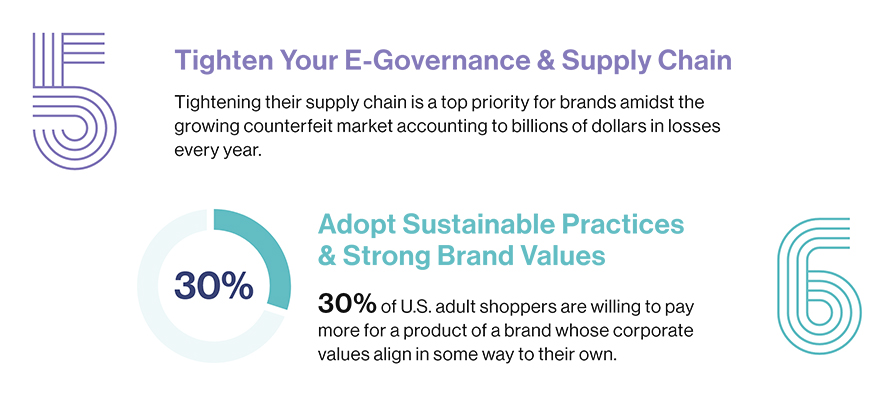
Customers also increasingly expect environmentally sustainable practices from their brands and expect them to take a social and political stand. 30% of U.S. adult shoppers are willing to pay more for a product of a brand whose corporate values align in some way to their own. Considering the evolving consumer ethos, brands can no longer stay neutral to these social and environmental issues but need to embrace them and weave them into their narrative and corporate values.
Final Thoughts: The Way Forward Is Digital
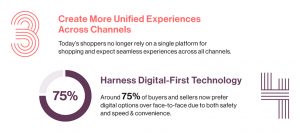
In the last couple of years, most people, young and old, have embraced eCommerce and experienced the convenience and great customer service that goes with it. For many, there will be no going back to the old ways of brick-and-mortar shopping, at least for a substantial part of their buying needs. Digital commerce is here now and will only keep evolving and grow more dominant as we progress. Many brands and retailers are already on a path to a digital overhaul, and those who aren’t, should jump on the bandwagon now before they get left far behind in the race to acquire today’s digital shopper.

